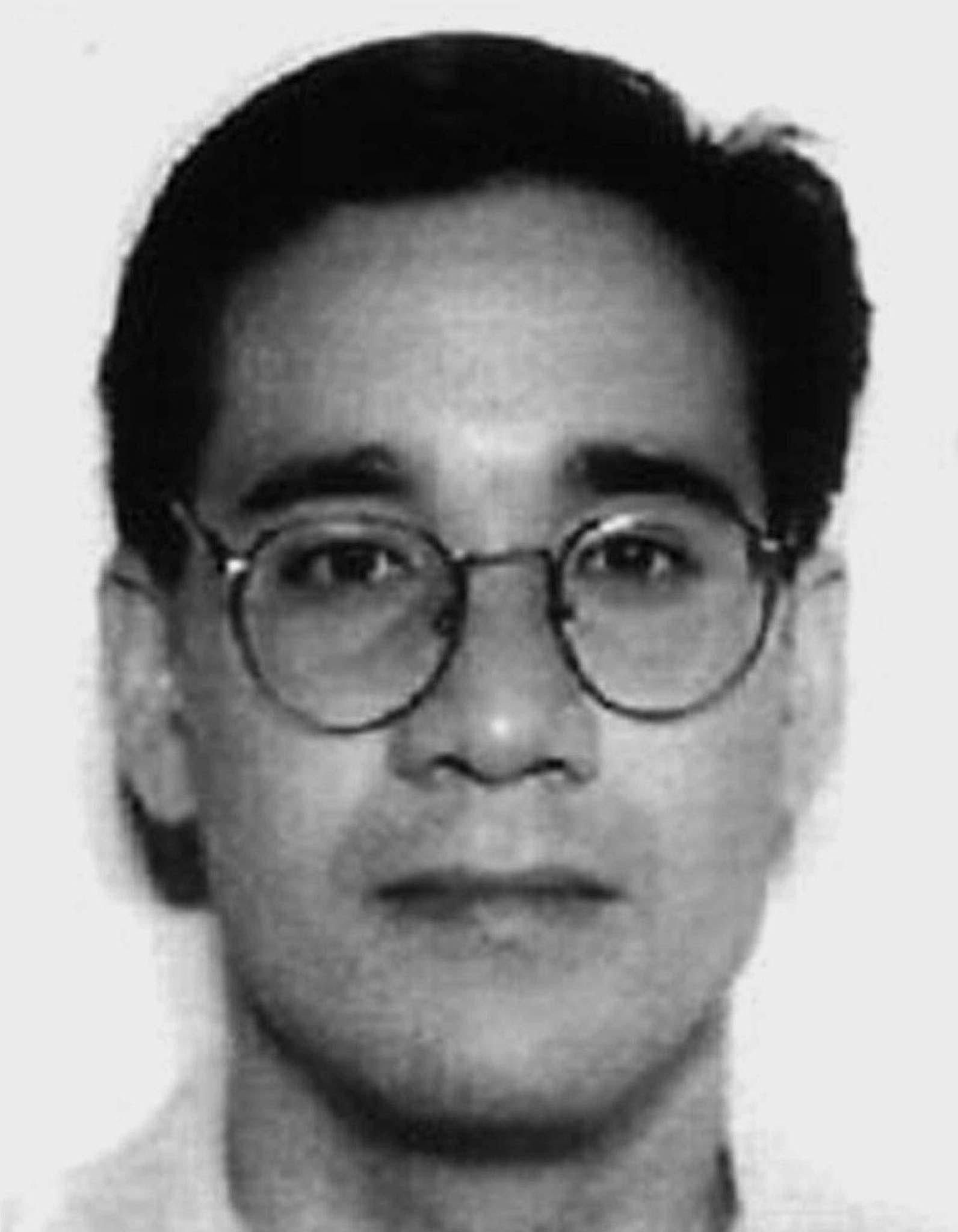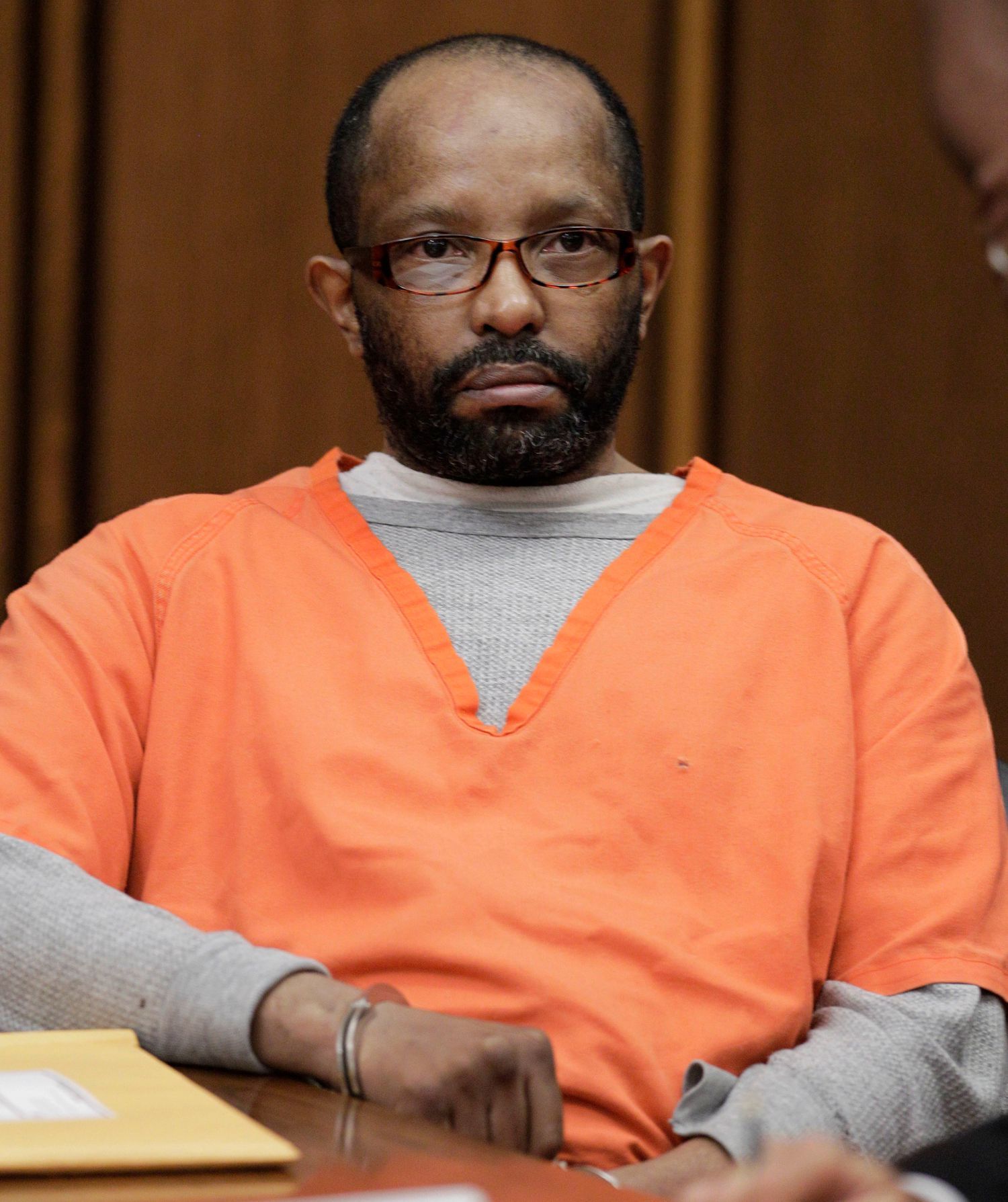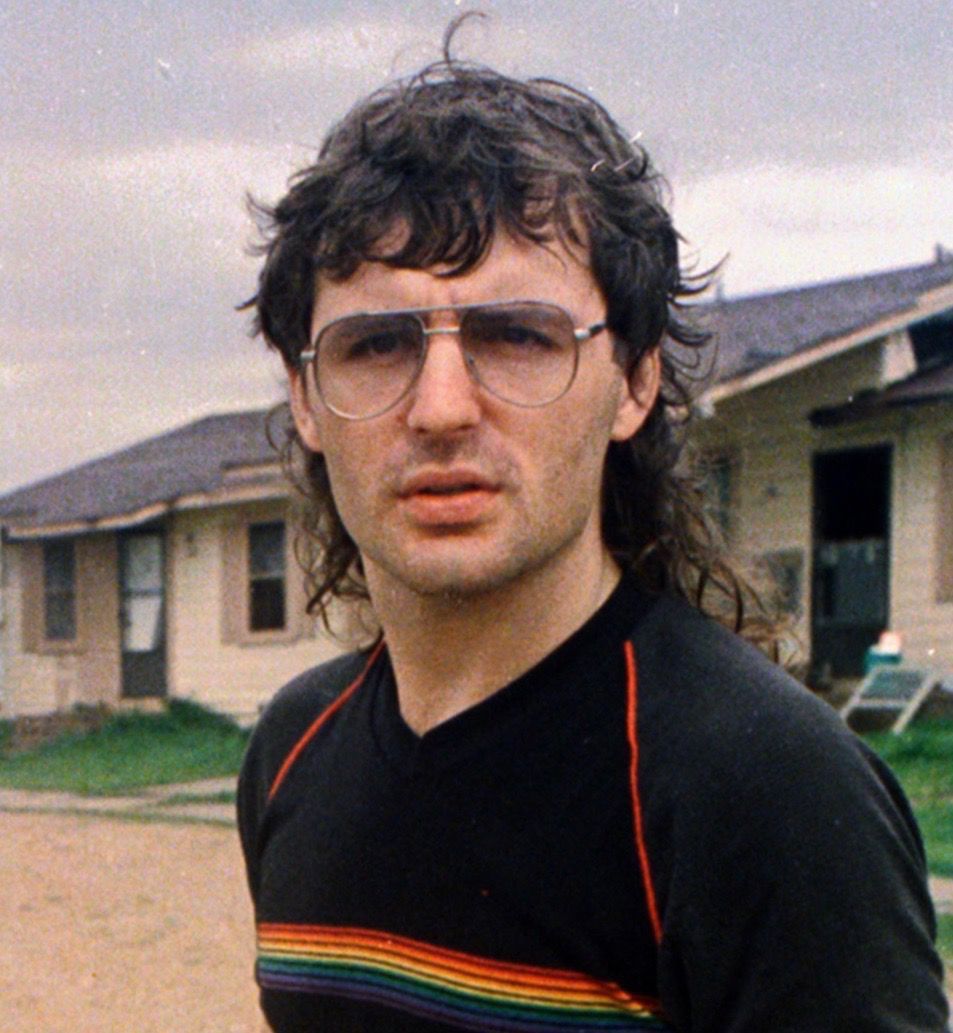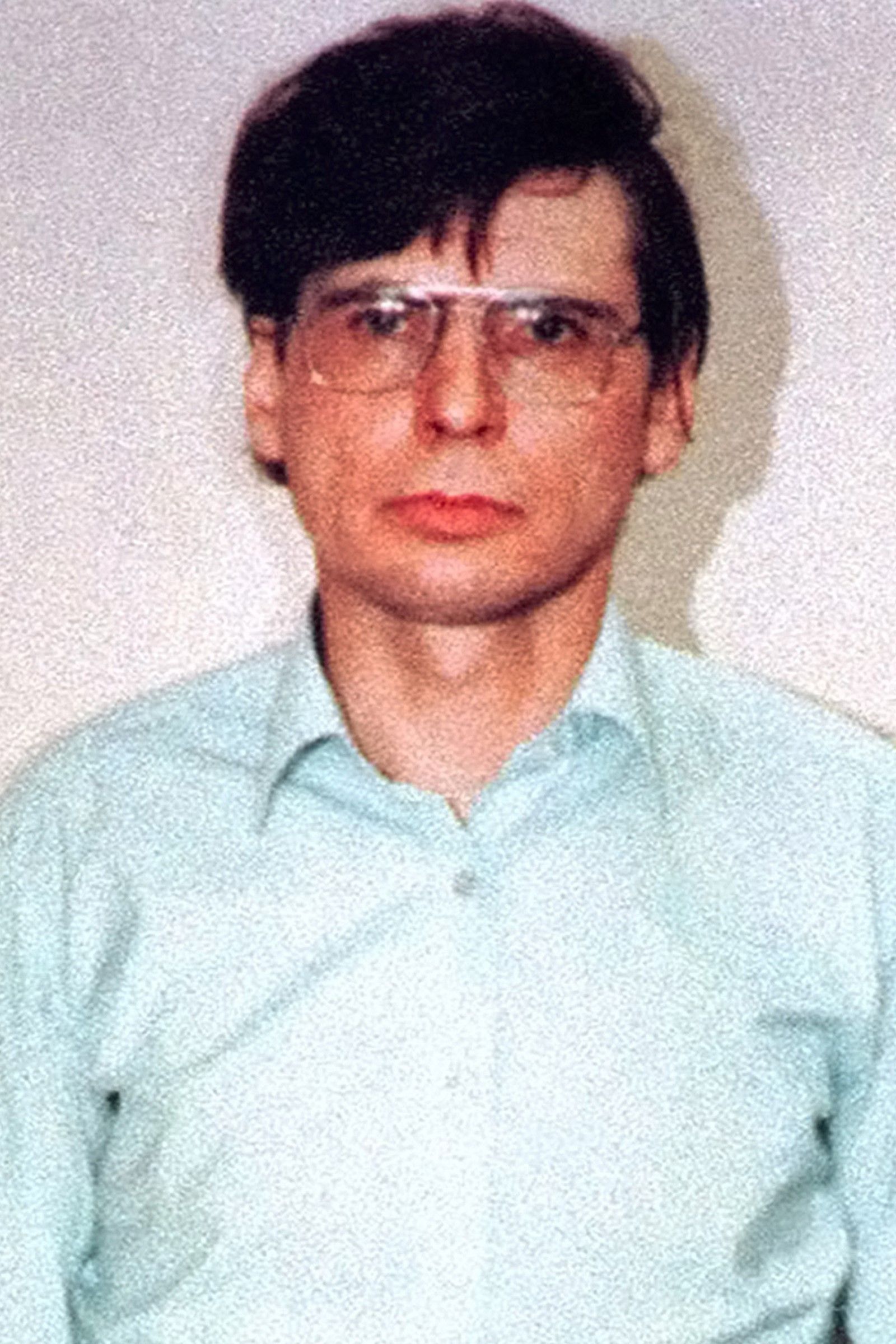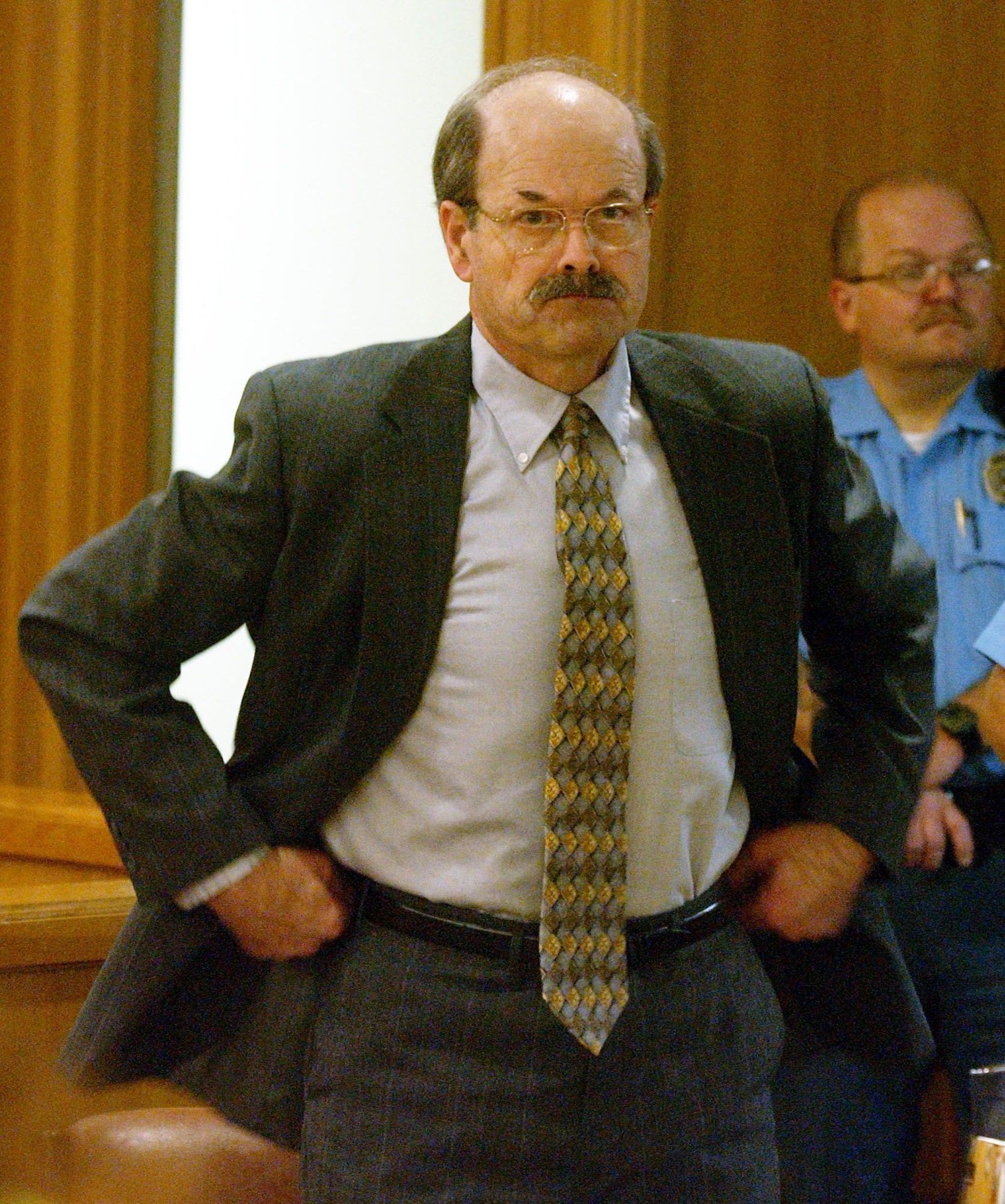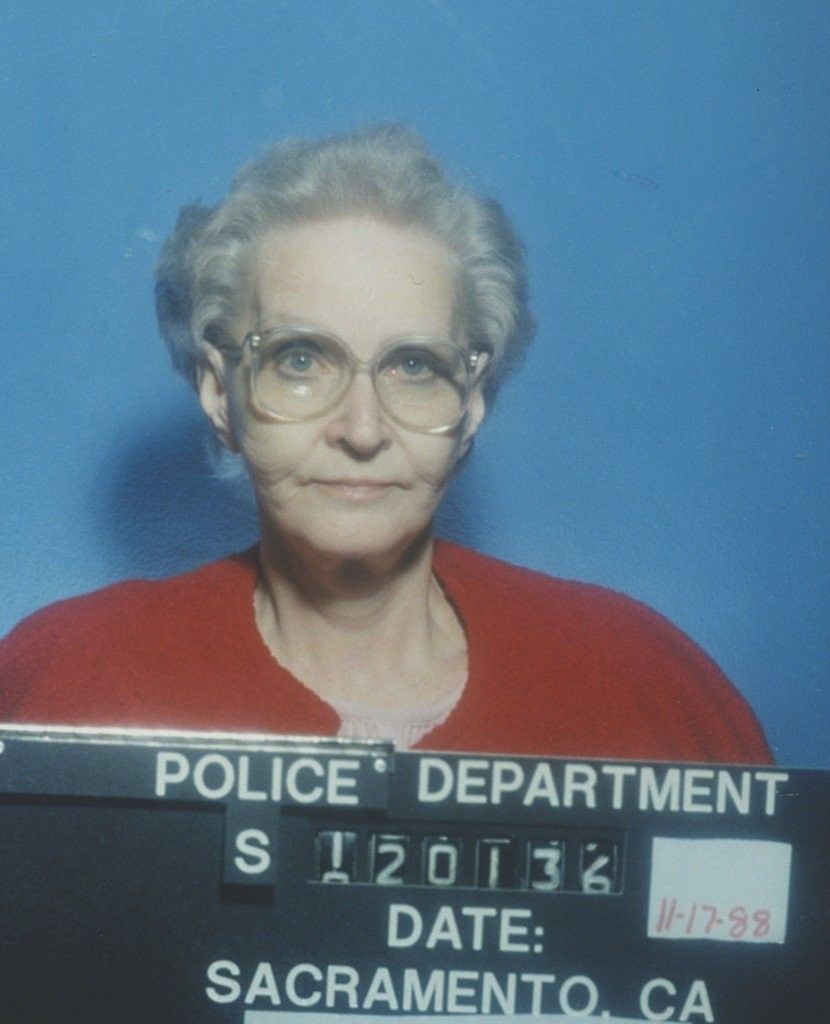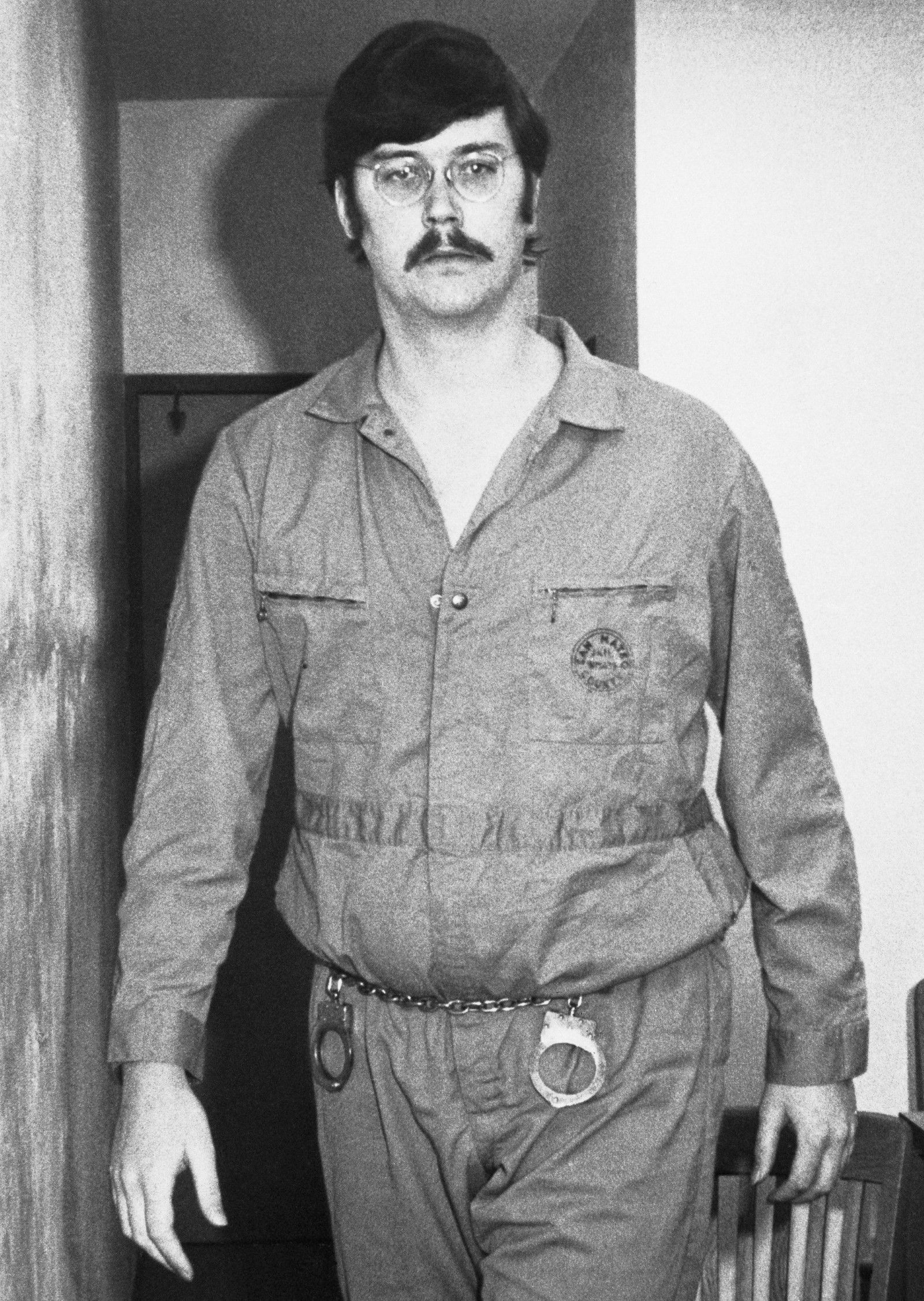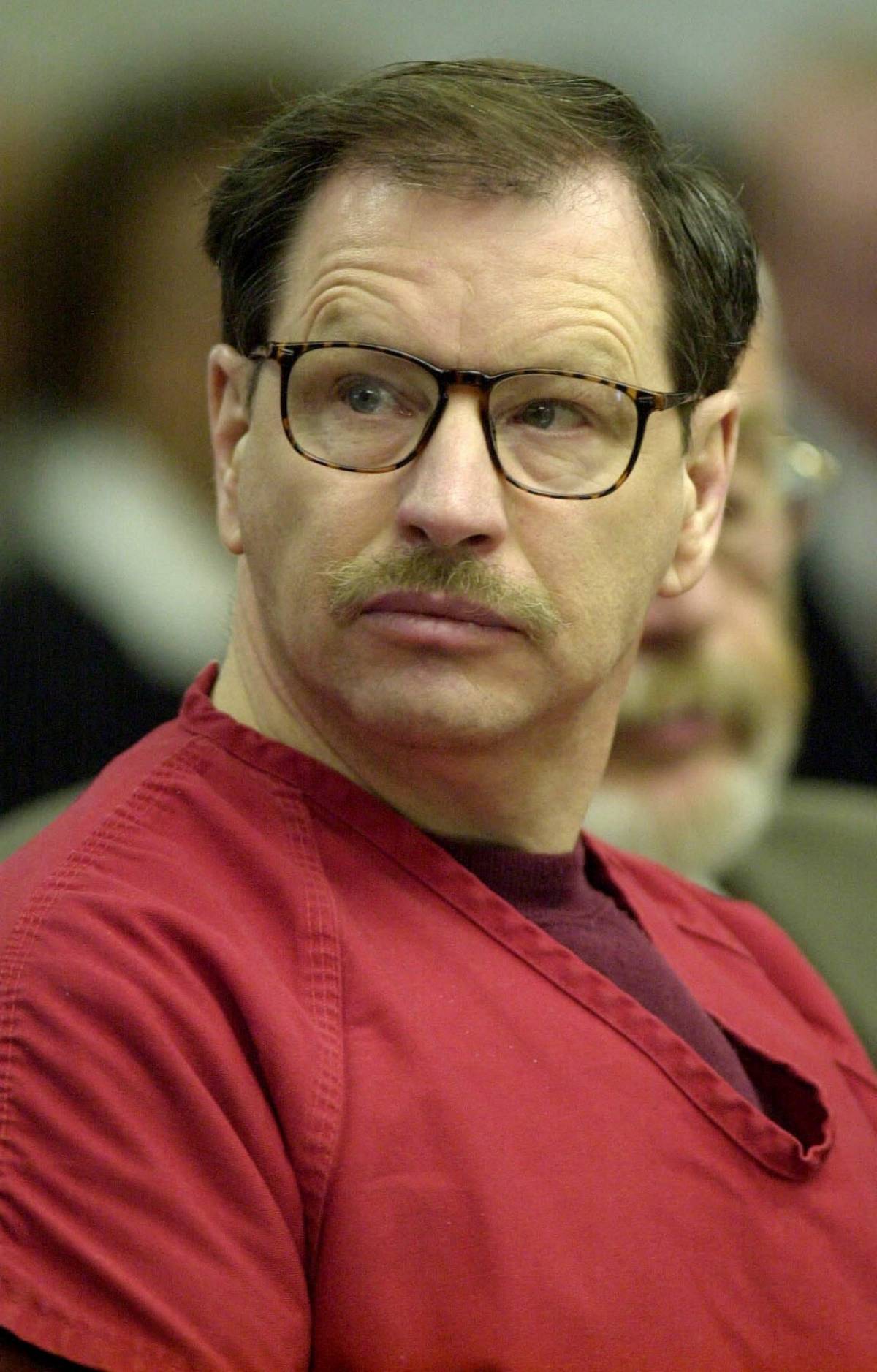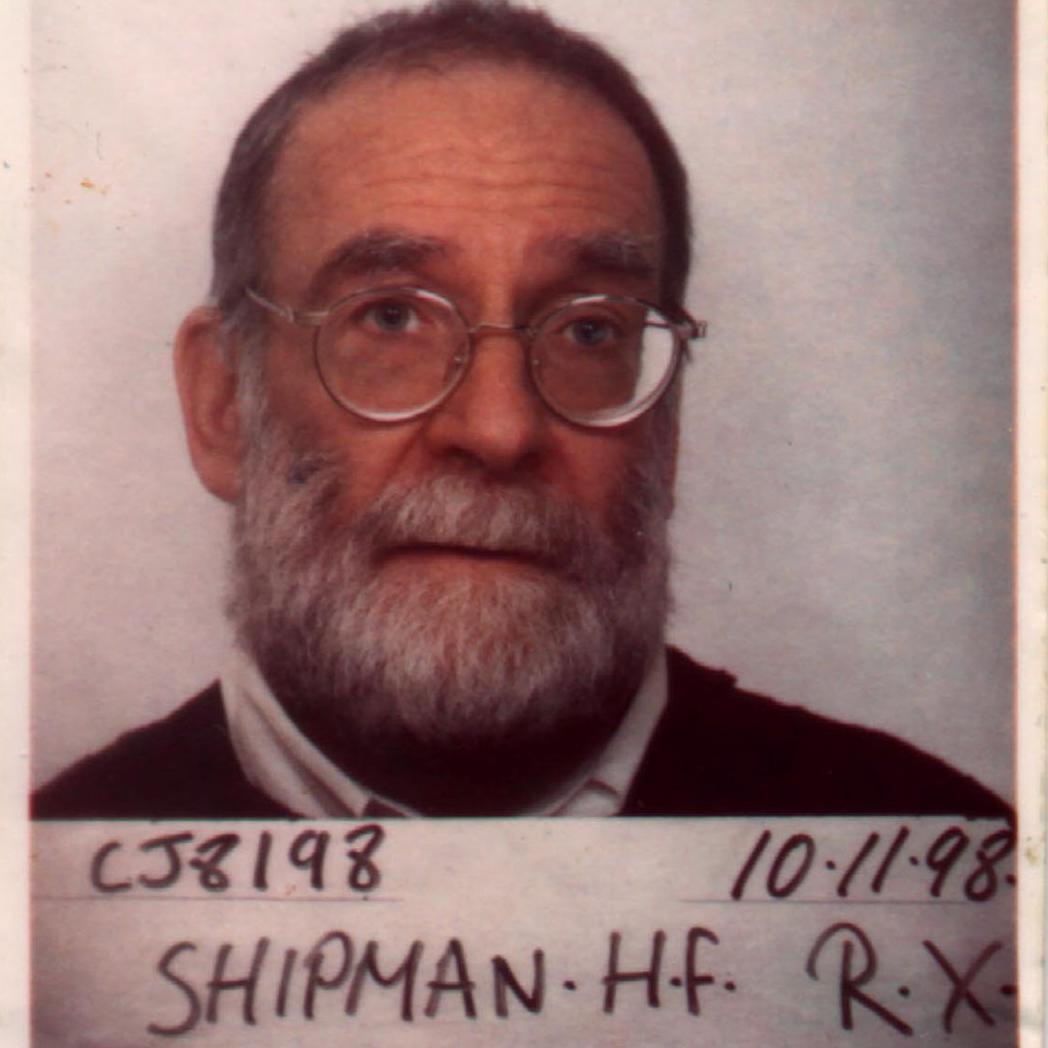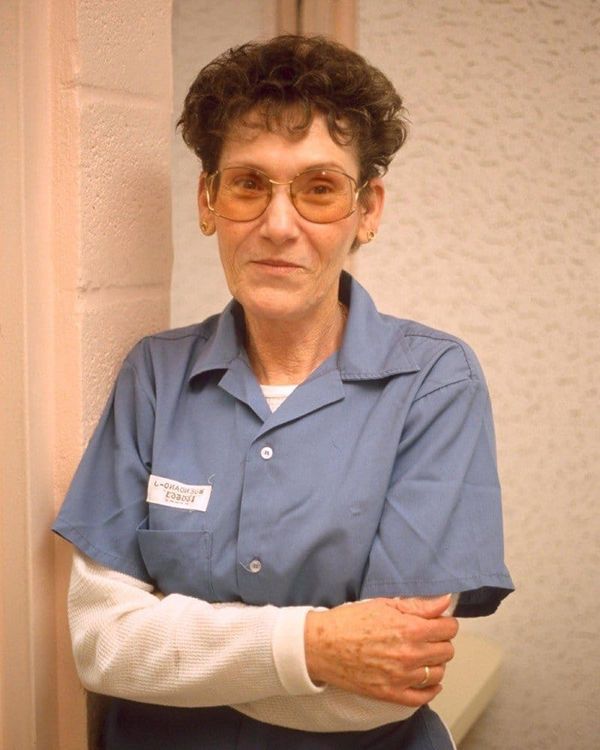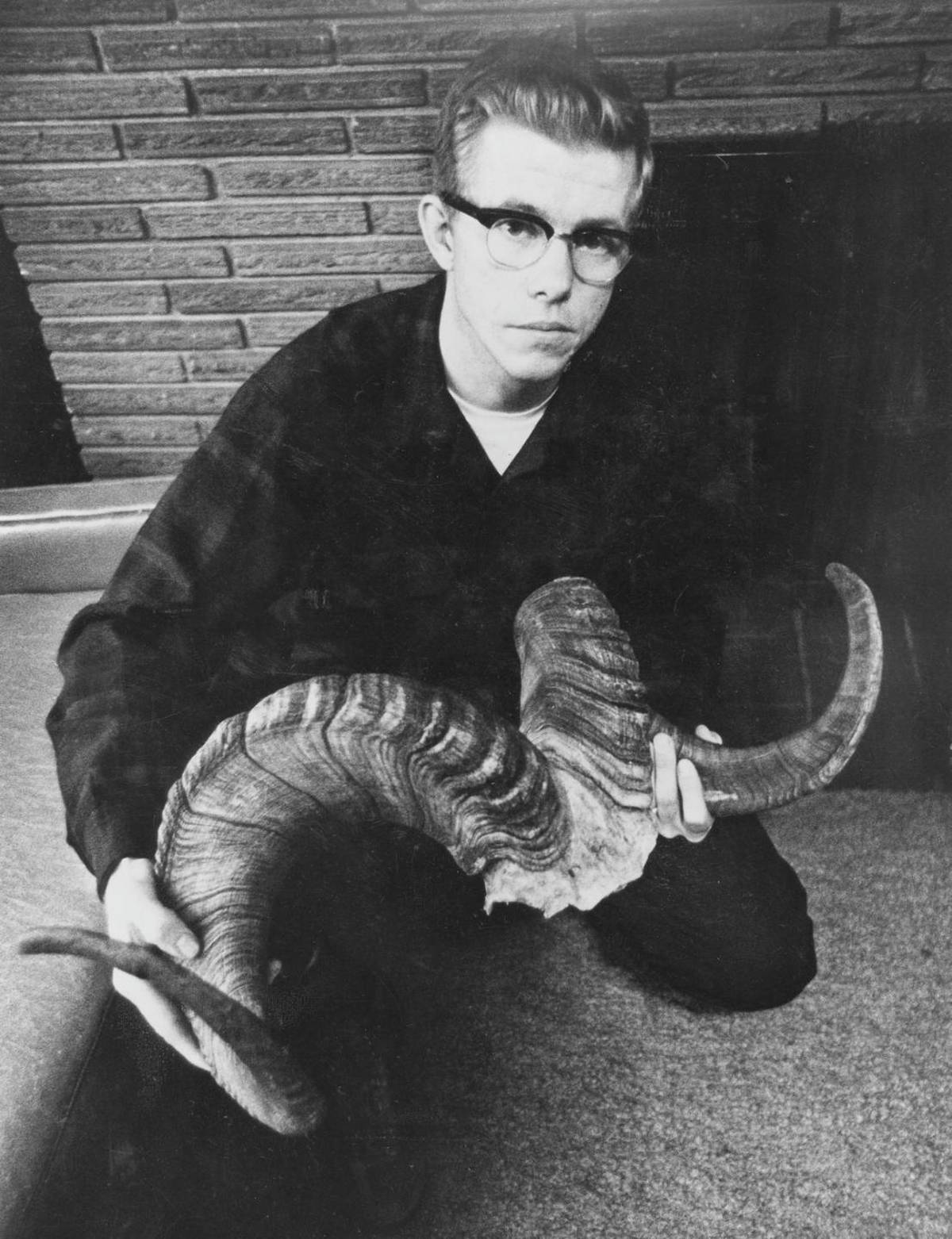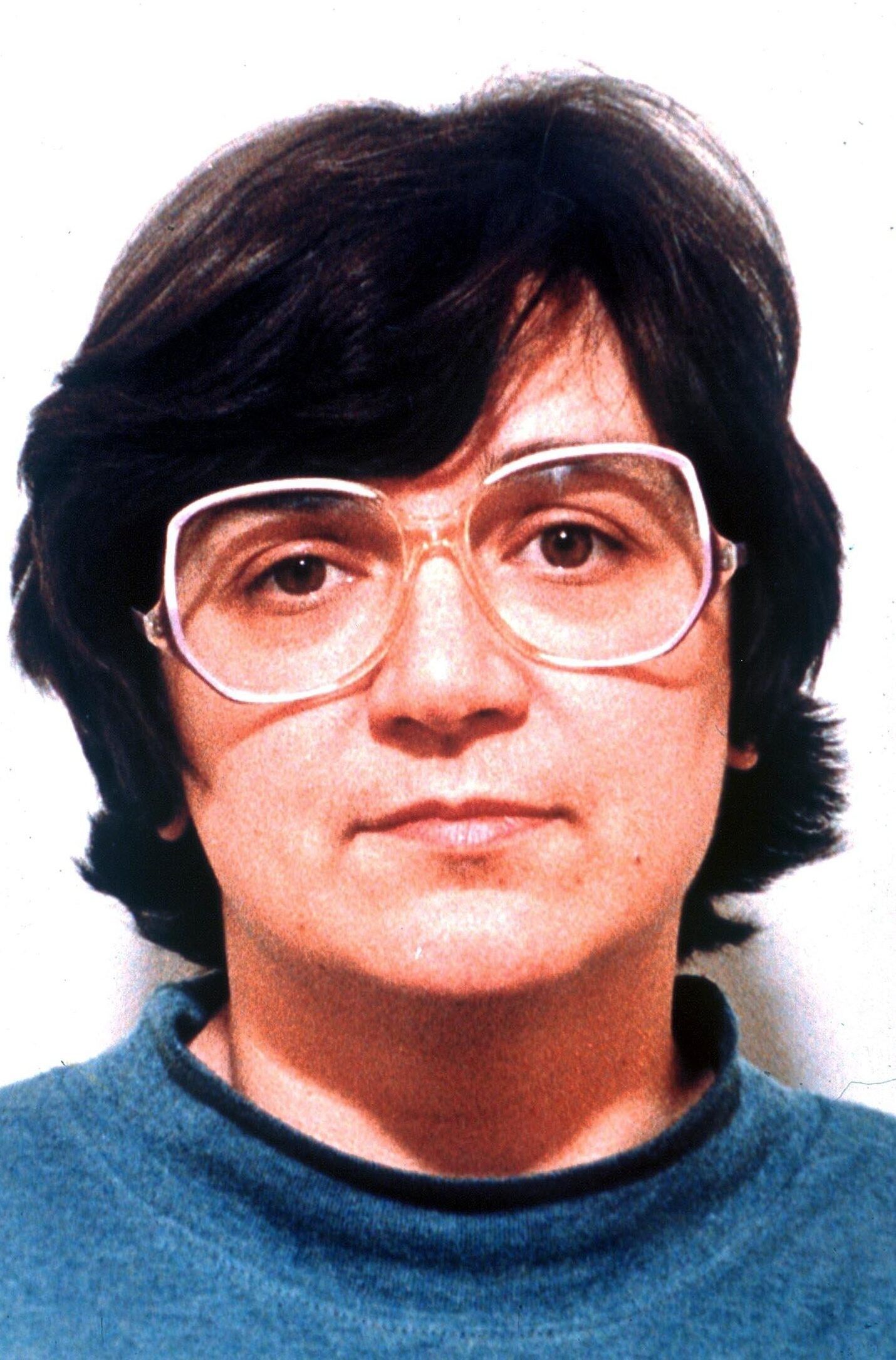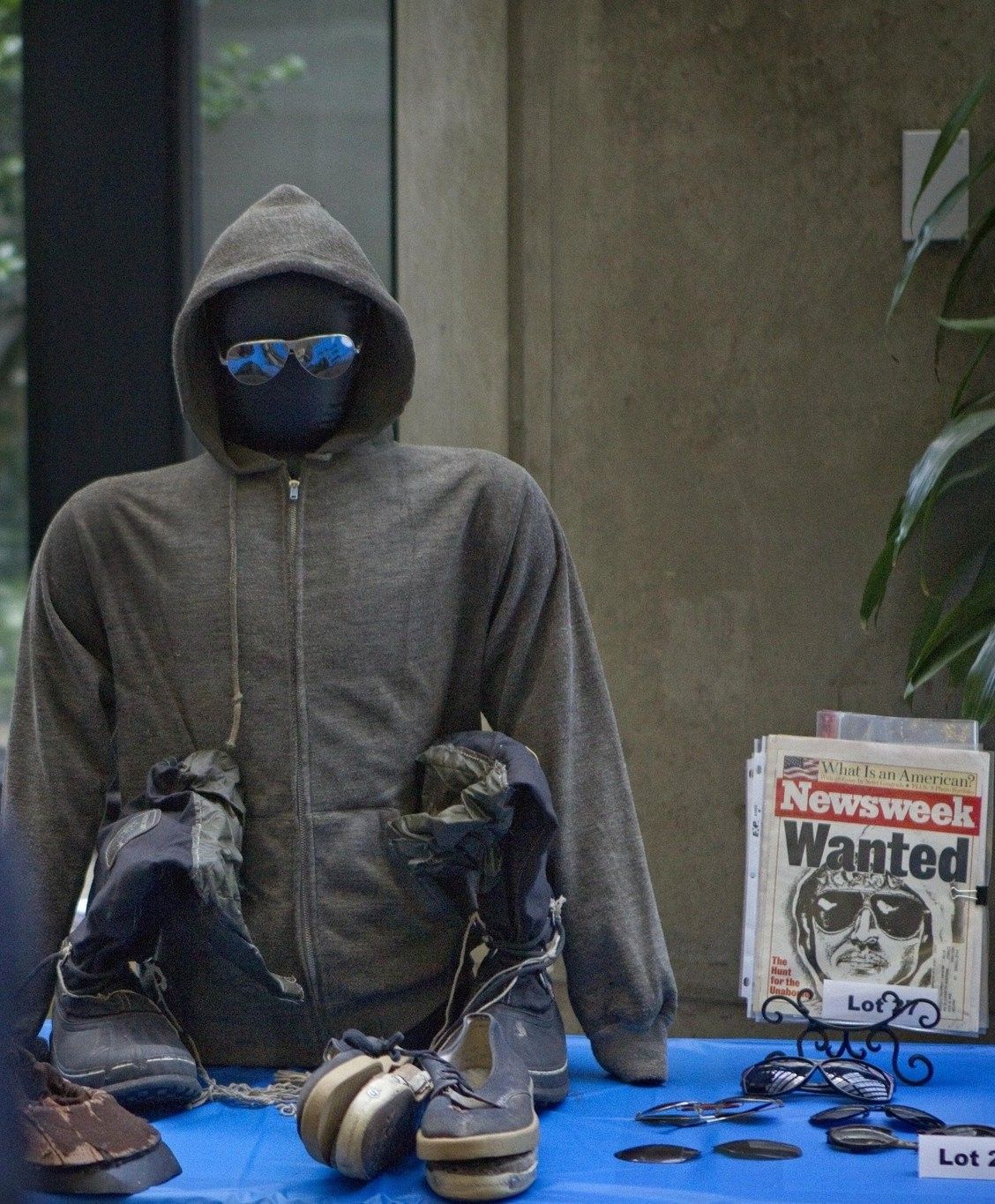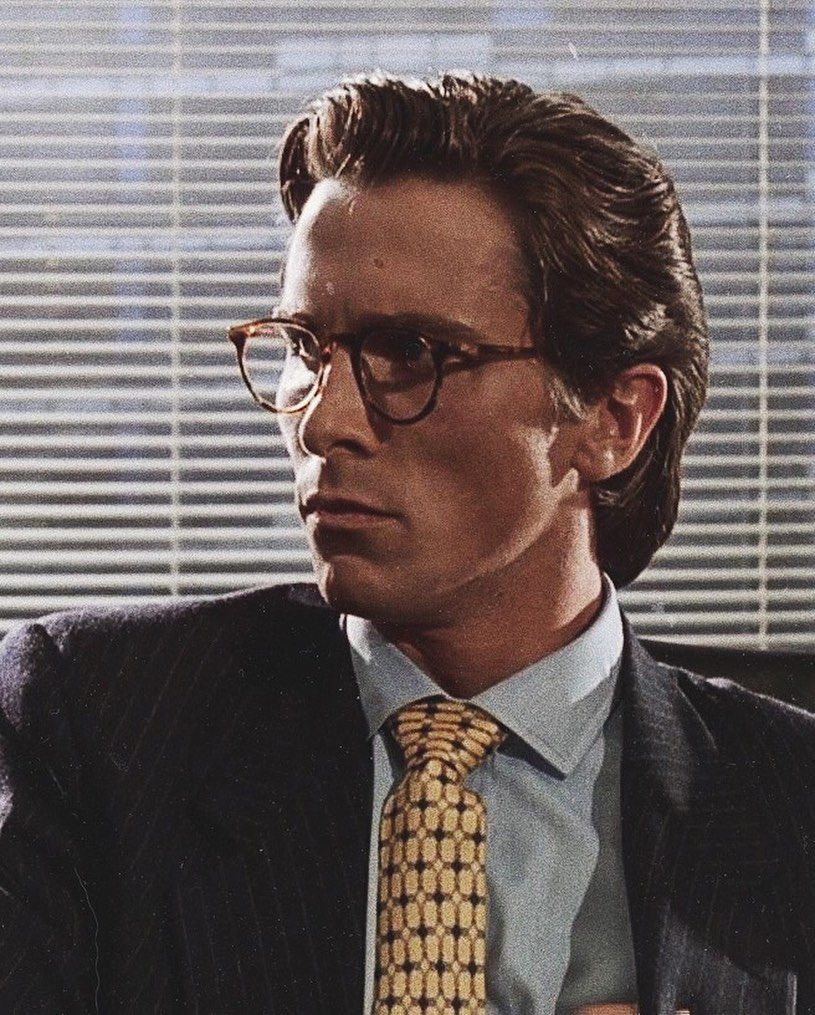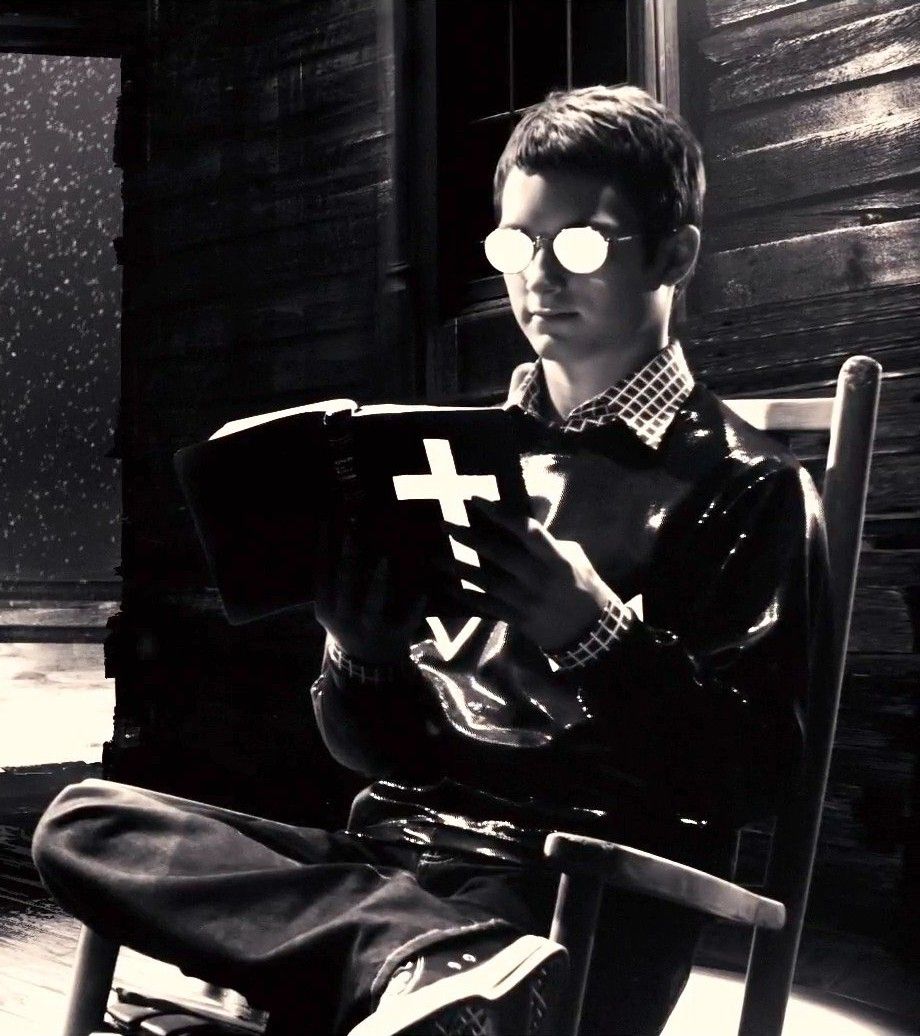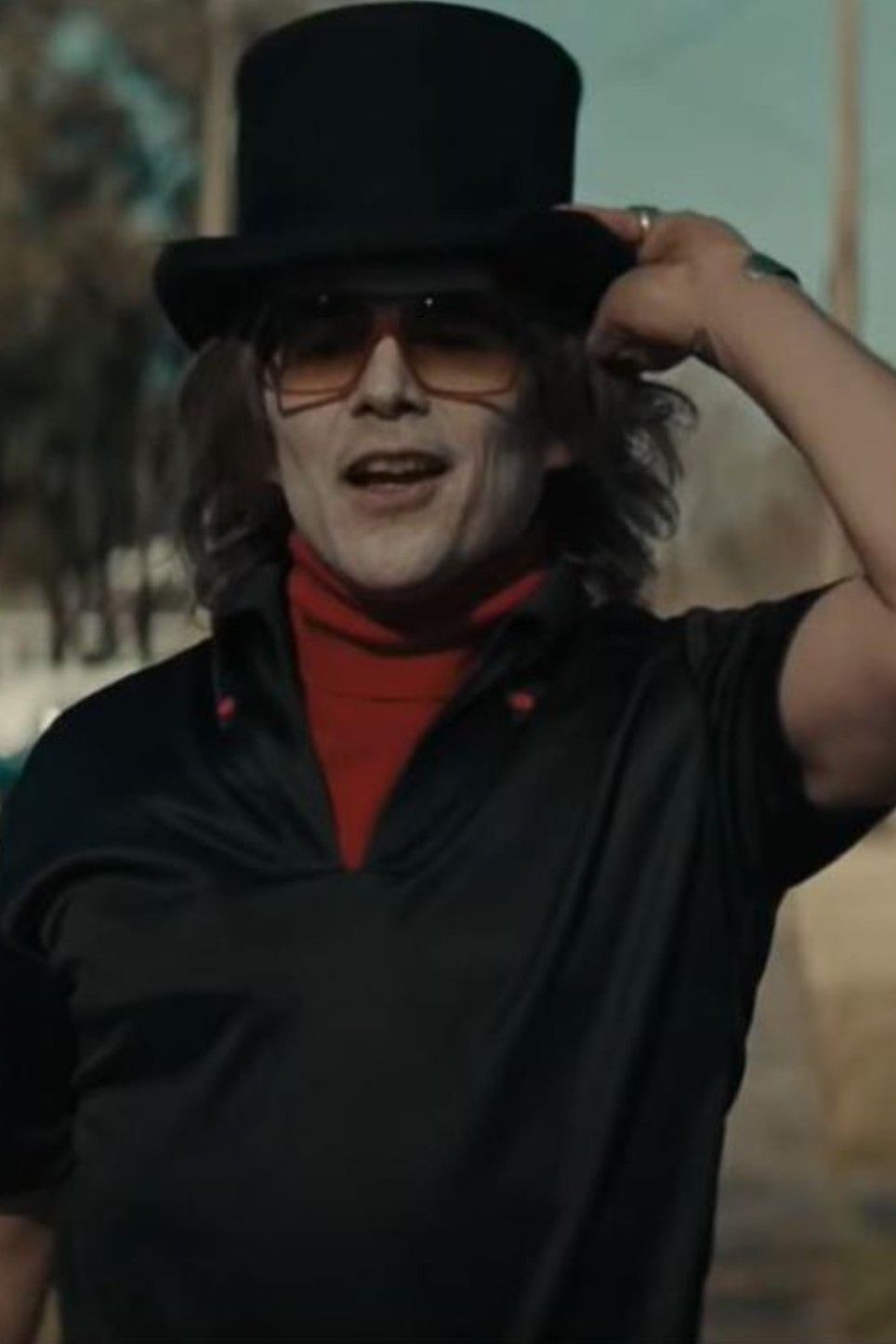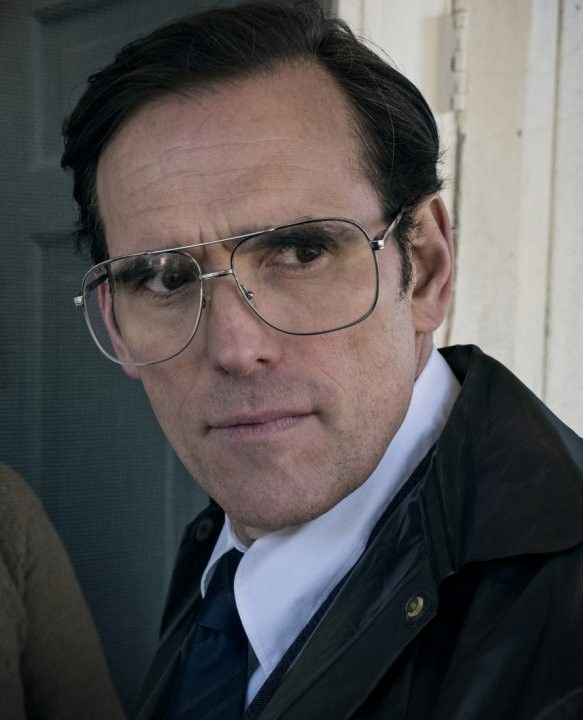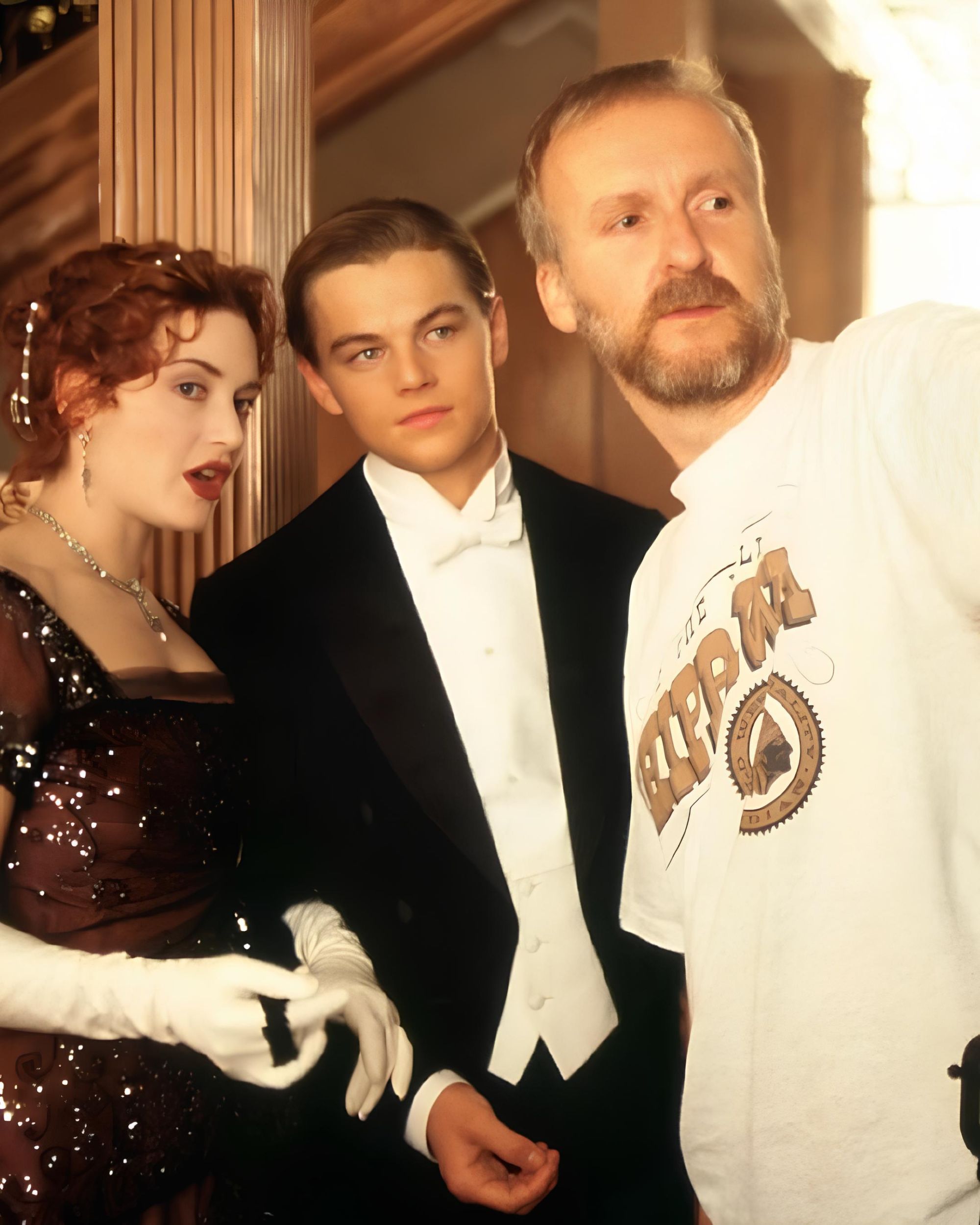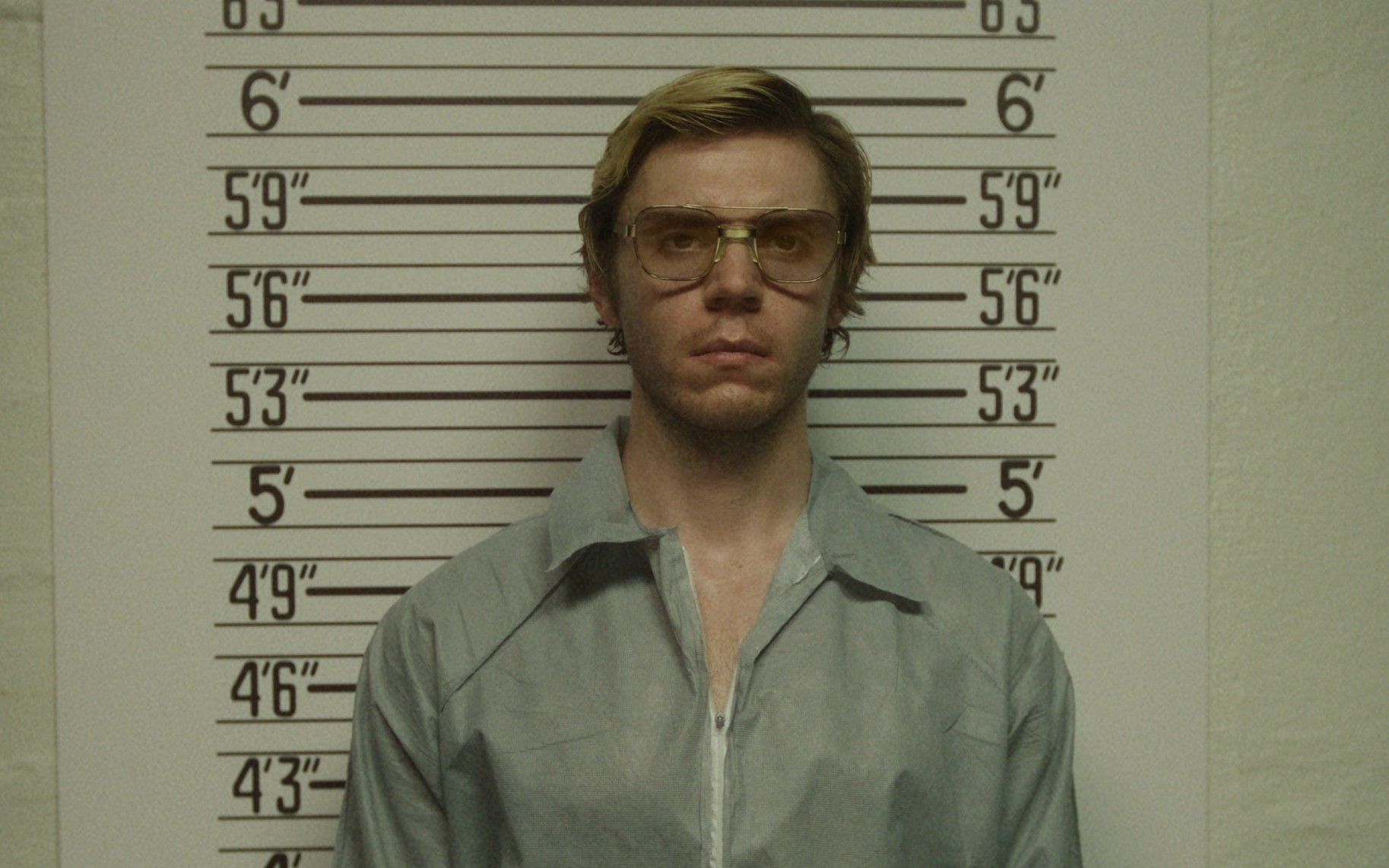
Why do so many serial killers have the same glasses? Don't call it Dahmer-core
Many have wondered about this in years past, so much so that forums like Reddit or Quora are full of conversations about it. And these days when the new series Dahmer starring Evan Peters is Netflix's most-watched show the question has resurfaced: do serial killers really all have the same pair of glasses? To be clear, they are vintage models, often but not always made of metal, usually inspired by aviation but always large compared to the wearer's face. The two most famous goggle wearers in the criminal world are undoubtedly Jeffrey Dahmer and Ted Kaczynski, better known as the Unabomber, who wore a black hoodie and black aviation goggles. Yet analyzing the annals of crime, the list grows: Ed Kemper, for example, the schoolgirl killer, wore round metallic glasses; Dennis Nilsen, nicknamed "The British Dahmer" by the media for his modus operandi, wore the same glasses as his American counterpart; even the most prolific serial killer of our time, Harold Shipman, aka Dr. Death, with a list of victims that exceeds two hundred names, wore very similar glasses; Dennis Rader, the elusive BTK Killer, was another fan of aviation glasses, while the fearsome Green River Killer, Gary Ridgway, who between the 1980s and 1990s, killed between 49 and 90 women, preferred a rectangular cellulose model that nevertheless had the same exaggerated proportions. The list goes on: Francis "Le Routard" Heaulme, Robert Hansen aka "The Butcher Baker," cultist David Koresh, responsible for the Waco massacre; the "Monster of Atlanta" Wayne Williams; Gianni Versace's killer Andrew Cunanan, and then again Gerald Stano, the "Cleveland Strangler" Anthony Sowell, women Dorothea Montalvo Puente, Judy Buenoano and Rose West, and even the famous Zodiac was described wearing a similar pair of glasses.
Even the online vocabularies of pop culture, Urban Dictionary and TV Tropes, possess entries regarding the association between vintage eyeglasses and serial killers, noting by the way how the cliché has been self-reinforcing over time thanks to film, television, and comic books: as early as the mid-1950s the killer in Hitchcock's Rear Window wore a pair of metallic glasses, anticipating all the serial killers we listed above; but the tradition continues with numerous other instances such as Stanley Tucci in Lovely Bones, Ethan Hawke in Black Phone, Christian Bale in American Psycho, Matt Dillon in The House That Jack Built, and Elijah Wood in Sin City. The explanation for why this association actually exists lies in the trivial statistic: about four billion people in the world wear glasses, whether for medical or non-medical reasons, and if we notice those of serial killers more it is because our society feels a morbid fascination with them. The period in which the serial killers we mentioned above were arrested fall within the 30-year period between 1970 and 2000 often referred to as the "golden age of serial murder" because of the backwardness of surveillance technology that allowed these killers to kill even for many years - it was just a matter of numbers that a good number of them wore glasses, and since the period of most activity of many of them fluctuated between the 1970s and 1980s it is clear that those glasses were all models that to us, 20 years later, look vintage but were the mainstream at the time, namely the classic aviator glasses. There is also a second though: in 2012, The Washington Post published a curious article about the way many American inmates tended to swap eyeglasses among themselves in order to appear in court and appear more harmless before the jury. The article adds:
«New York defense lawyer Harvey Slovis makes all his clients wear glasses: He calls them part of a “nerd defense.” The glasses, Slovis said in an interview, make people appear less intimidating».
The argument, though impossible to prove, holds that it was these glasses that enabled these killers to take on the appearance of quiet neighbors, family fathers, shady husbands, mild old ladies. Some also say that Dorothea Puente, accused of three murders but suspected of nine, used the glasses along with a chiffon blouse and a backcombed hairstyle to look like an octogenarian in her fifties and cast herself in the part of the aging landlady engaged in charitable work. The optics publication 2020 Magazine notes instead that in the aviator glasses «the downward angles pull the face and the eyes down with them, giving the illusion that most aviator wearers are sad, frowny-faced, or otherwise dealing with some sort of internal personal problem just beginning to bubble ot the surface. The thin, wire design of most aviators also helps to accentuate wrinkles or age lines in the faces of wearer». The association, in any case, has not prevented the killers' glasses from turning into fetishes for crime buffs: Robert Hansen's glasses for example were put up for sale online in 2008 while just a few days ago collector Taylor James put the glasses worn by Jeffrey Dahmer in prison up for sale online for $150,000. There were also other items including family photos of the Dahmers, a Bible and another pair of glasses already sold to a private collector for an amount that remains undisclosed.
If the past is any indication of the future, however, the success of the Netflix series may bring new visibility and popularity for the aviator glasses (perhaps for the wrong reasons) perhaps freeing them from their correlation with the human type of the "creepy loner." In the meantime, those who want and can afford it can always buy Dahmer's real glasses, with the hope perhaps of not replicating his fate as well as his outfit.











































